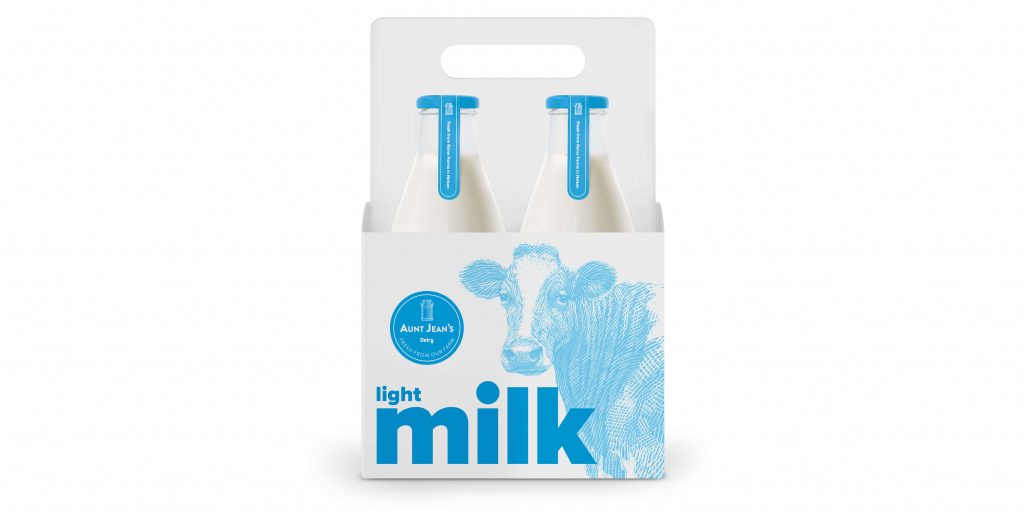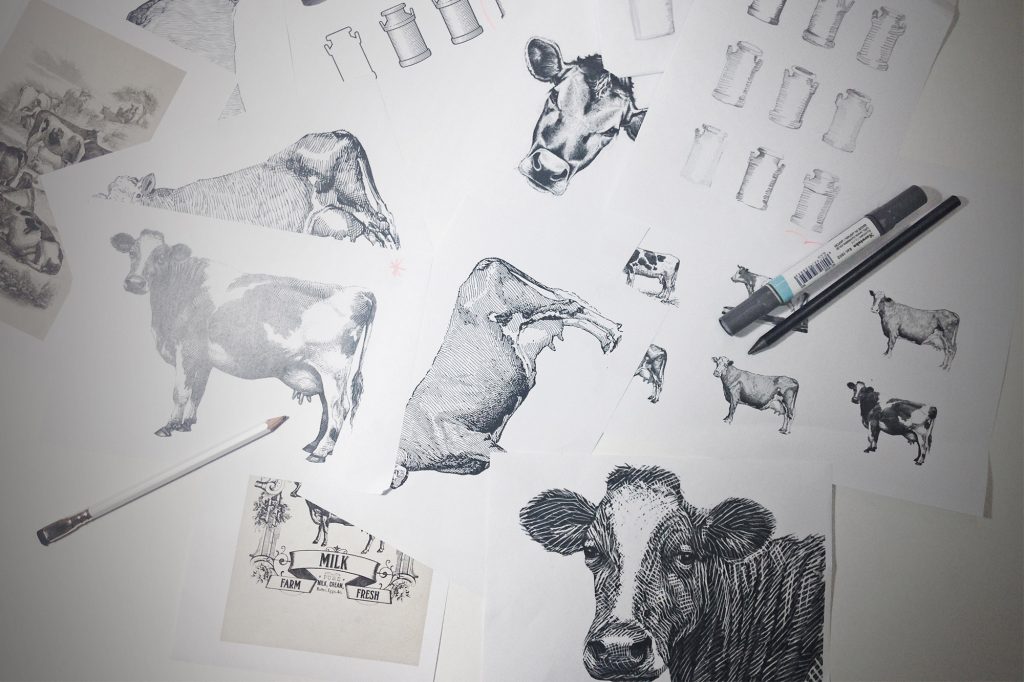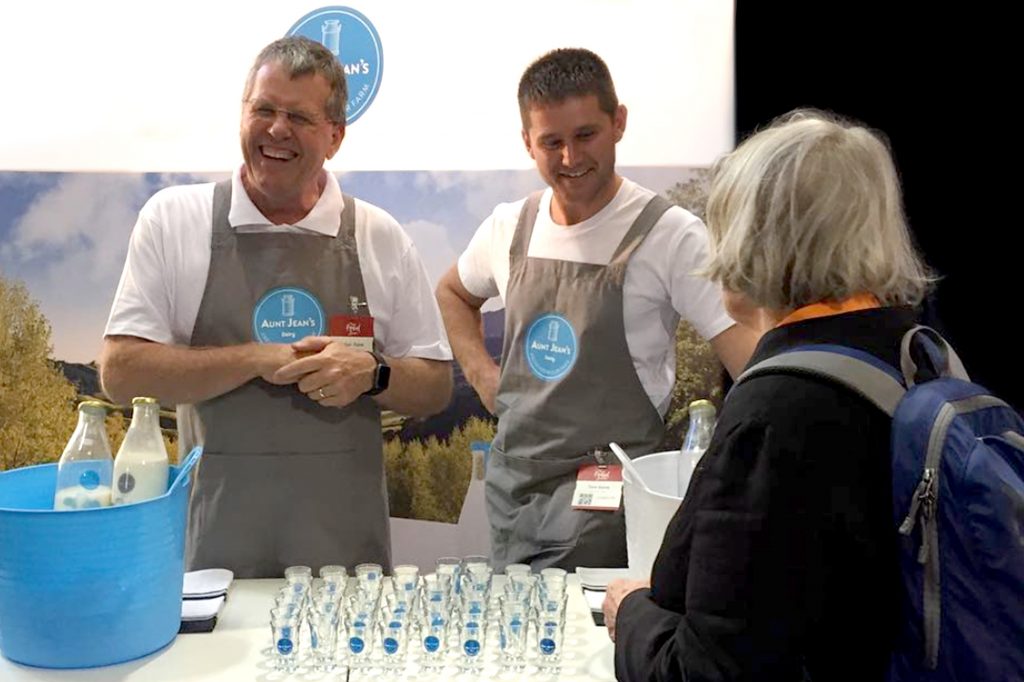Distinctiveness not difference, the tool for creating enduring brands
In a world where so much on offer seems comparably the same, it’s tempting to assume differentiation is the answer. The driving means to stand apart from competitors has encouraged marketers to look for something, anything, that they could use to extrapolate a brand of difference.
Consistency in brand identity is something that many brand strategies currently lack, particularly across campaigns. When creating a new campaign, most of the attention from marketers is on aspects that are new and fresh. It is only when there is discipline in this consistency that we can build distinctive enduring brands.
The way to build strong distinctive elements is through consistency in how the brand is communicated to consumers across all media and over time, this is not about message/positioning but rather the visual, verbal cues: logos, taglines, symbols and narrative etc. By carefully defining these elements and consistently using them a brand crafts an indelible impression of who they are and creates a story that resonates and lingers with their consumers. It’s not about features and benefits but the elements of the brand that are truly theirs.

“But differentiation is potentially a false idol,” says Jonathan Sagar, Principal Voice. “Consumers who walk into a store and purchase based on a feature or a function that is technically different from another doesn’t happen often enough. People choose brands based on many impressions and interactions built up over time.”
While differentiation is a very traditional marketing strategy used to drive consumers towards particular products and services, it has its limitations and shouldn’t be where marketers expend all their time, energy and budget. So, should the same apply to brand custodians?
A case in point
A New Zealand based client asked Voice to develop a brand for their premium A2-tested cow’s milk. The product was fully traceable to source and presented in glass which, of course, was already a favourable selling point to the sustainable consumer. The story was strong, and the product was wonderful – but Voice had to find a way to justify the price tag and encourage shoppers to walk past their usual milk choice and select something new.
“Research showed us that what was really distinctive about this brand was the way it was presented, it’s ‘on shelf’ appearance. Milk in a beautiful glass bottle – the way we used to drink it when we were younger,” says Jonathan. “The nostalgic element was what consumers remembered and looked for, so we built the entire brand around that idea.”
Distinctiveness, the true aim of a brand: distinctiveness is a brand’s ability to stand out and be identified quite simply it’s a brand that “looks like itself”
Jonno Sagar, Voice Principal

Even the name echoed that sense of nostalgia. A homely, down-to-earth name that sounds trustworthy and comforting, as well as honest and real. Add to that the transparency of the packaging through to product, a cow on the bottle and a real traceability story that resonates with consumers, it became clear that shoppers weren’t looking for milk that was new-fangled. What appealed to them and made the milk distinctive was its honesty, lack of pretence and freshness.
Entering such a saturated marketplace with a simple story was about choosing a human approach over technical. “There were numerous ways in which we could present this brand and tell their story,” says Jonathan, “but we believed a direct approach was the best approach.”A key takeaway from the huge success of the brand was that people have limited time to process choices. Therefore, a brand must memorably communicate its attributes – from the logo to the colours, tagline or the physical shape of a product, distinctive brands are successful because of their ability to be recognised and the elements that make them stand out.
